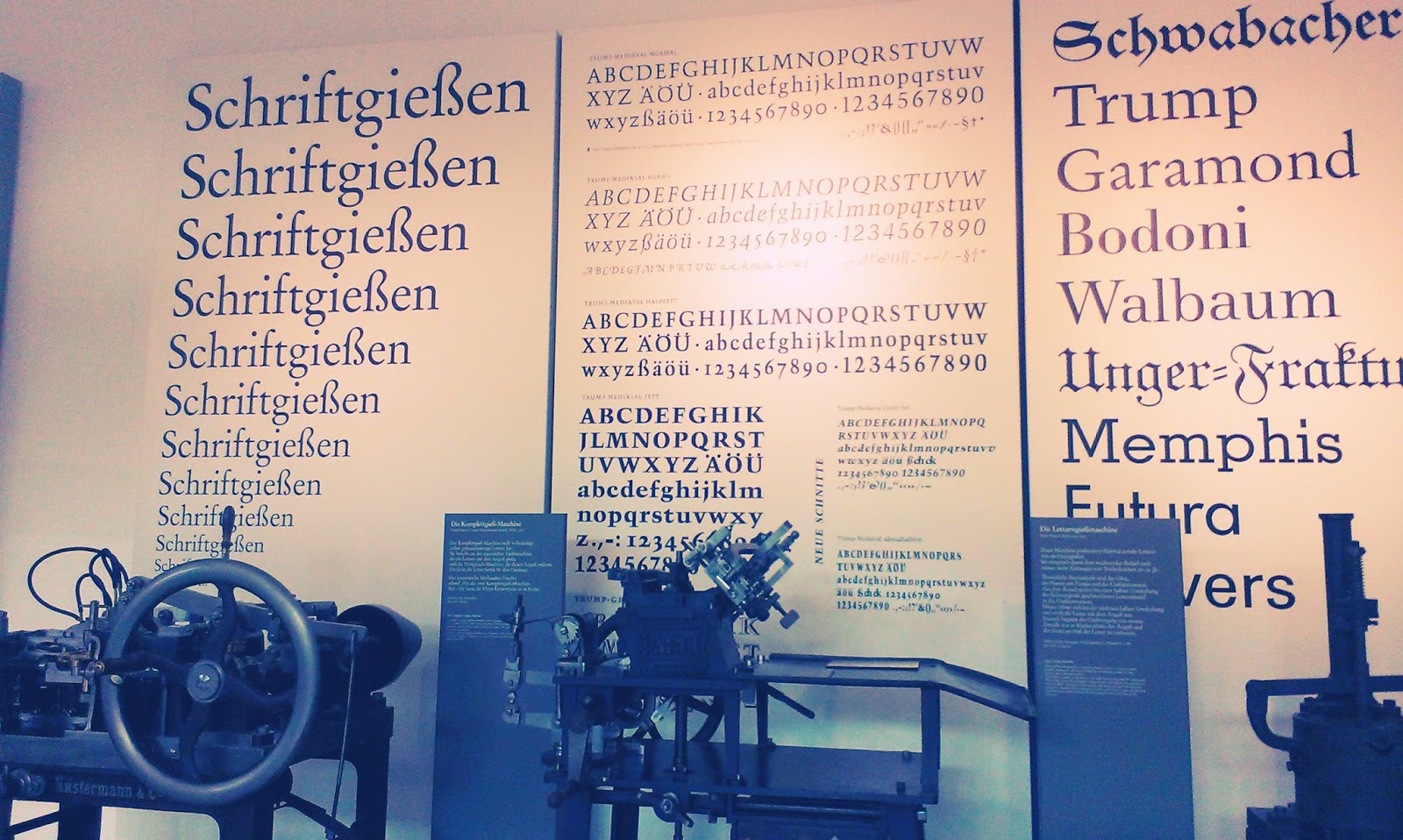With sailing being something I have always wanted to try, I was delighted to see Maria this sailing ship from 1880 docked inside the exhibit. However, I was eager to step further back in time to the 16th century ships. Around the corner I found this British beauty that reminded me of privateering. Sir Francis Drake being one of them, commissioned by Elisabeth I to raid the Spanish ships that were making vast wealth through colonialism in South America. Spain saw Sir Francis Drake as a pirate, attacking Spanish ships such as Nuestra Senora de la Concepcion (Cacafuego) with his Golden Hinde. A vast array of model vessels such as schooners that were used by wealthy Dutch merchants were impressively exhibited with paintings evoking images of vast trading routes in the 16th and 17th century. I couldn`t help but think, looking at the ever increasingly complex sails, that these ships from 500 years ago is our contemporary world wide web. With the internet increasingly looking like the wild west, why not stretch the analogy further back to the far seas with pirates, looting, question of territory and colonialism from the 16th and 17th centuries.
After the submarines, looking at the development of photography and film , I couldn`t help but think of the telescopes in those u-boats when looking at those elaborate cameras from the turn of the century. I was surprised by the diversity of the cameras on display, in quite varying shapes and sizes, quite far from standardization, mass production and consumption. Made with such thought and care, I found myself admiring the intricate designs from the Daguerreotype camera to a Folding Field Fellows camera for quite some time.
These multi-lens cameras reminded me of today`s Lomography, started by a group of students in Vienna.
Stepping from image into text, I was surprised at this Linotype machine 1965. The original machine was invented by Ottmar Mergenthaler in 1883 allowed mechanical composition of text in lines.
This complex, impressive machine used up until the 1970`s evolved out of Johannes Gensfleisch Gutenberg invention of the letterpress between 1440 and 1450: a method of duplicating large numbers of identical prints at low cost.
This technical invention was revolutionary because it allowed books, papers and journals to be accessible to a larger audience. A wider audience was able to have access to the written word than ever before.
This technical invention was revolutionary because it allowed books, papers and journals to be accessible to a larger audience. A wider audience was able to have access to the written word than ever before.
Looking at the machines I thought of how what was once just a laborious exercise of monks copying scriptures by hand, had evolved into craft based Gutenberg workshops and then into heavy machinery in the industrial age. It is quite a contrast to think of the masses of scribes were instructed to copy scriptures by hand first on stone, then by stylus on beeswax and later ink on animal hides. It was the Egyptians that started using papyrus, a plant found on the banks of the Nile, that became the first paper like material for such writing.
Looking at the antique craft work upon the heavy printing machines, you cannot help but think about the care gone into what, in contemporary times is just mass produced at low quality. Such care and consideration taken for the written word, makes me feel nostalgic for a time that managed to achieve high quality and wide dissemination.
A day at the Deutsches Museum is not only a look at technical wonders, but also a window into an often forgotten past of artisan craft work, care and pride of innovation and quality. Finely constructed attention to detail for advanced mass usability is refreshing to explore, instead of gimmicks or technology that has about as much use as a chocolate tea-pot. Worth every spent cent; minute and hour that passed.








Comments